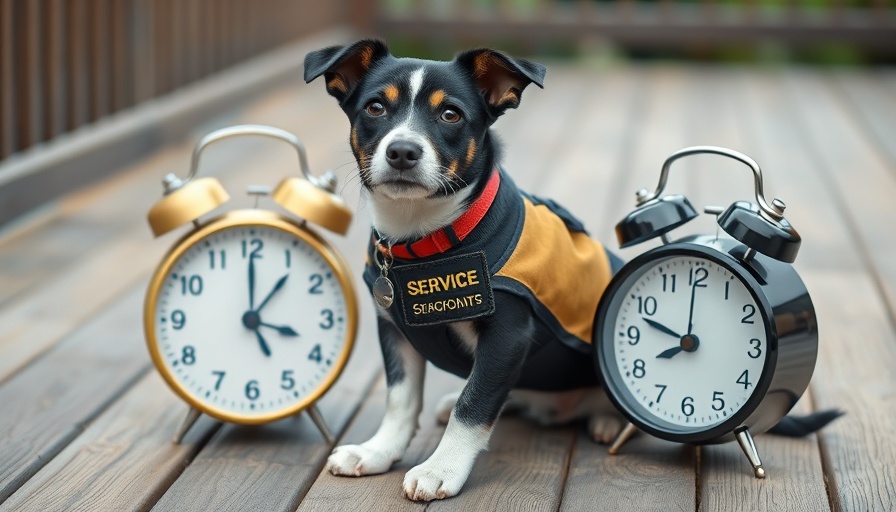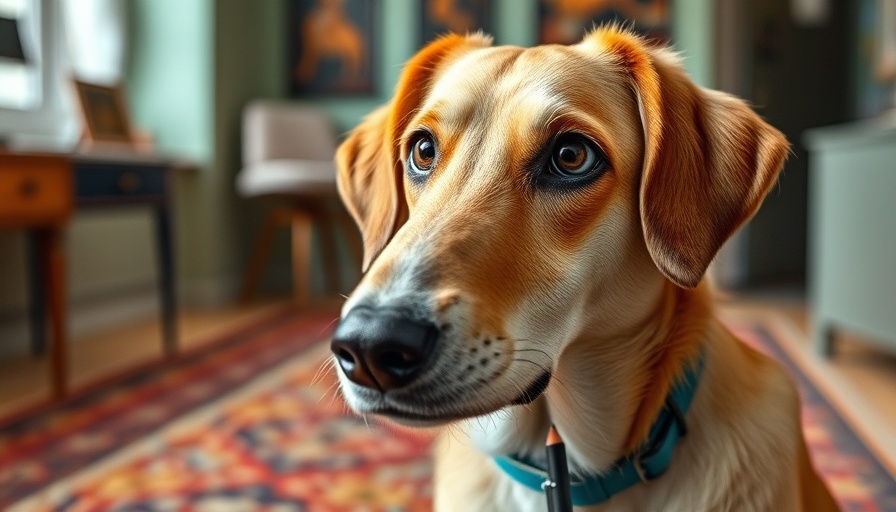
Mastering Recall: Why It’s Crucial for Adventurous Dogs
For dog owners who love the great outdoors, a reliable recall command is a game-changer. As thrilling as it is to let your furry friend roam free, it poses risks—traffic, wild animals, and other distractions can quickly turn a fun outing into a dangerous situation. That’s where recall training with distractions comes into play, strengthening your dog’s responsiveness in an environment rich with potential interruptions.
Understanding the Long Lead and Its Benefits
The concept of recall training with a long lead is straightforward yet effective. By using a leash that allows more freedom while keeping your dog safe, you can gradually teach them to respond to your call amid distractions. This form of training not only provides a sense of security for pet owners but also liberates dogs to enjoy their surroundings without the constant fear of losing control. Recall training is one of the most critical skills a dog can learn, as it ensures their safety while still letting them explore and enjoy outdoor adventures.
Setting the Scene: Finding the Right Training Spot
Ideal training locations are essential for success. Places like Legacy Trail or any busy trailhead where distractions abound are perfect settings. Position yourself near these areas and notice where your dog usually breaks away. With your long lead, allow your dog some roaming space, but remain close enough to enforce the recall command. Using a long lead effectively means letting your dog have fun while you maintain control—an essential balance for rigorous training sessions.
Practicing Recall with Distractions
To reinforce recall skills in distracting environments, begin by allowing your dog to engage with stimuli—other dogs or people—without letting them pull you too far. When your dog appears distracted, use the standard recall command you typically deploy. This practice not only helps in strengthening their ability to respond but also sets up an interactive training loop. For every 10 successful recalls, reward your pup with playtime; this links rewards with the correct behaviors and enhances their eagerness to respond.
Creating Reinforcement and Feedback Loops
Effective recall training also hinges on positive reinforcement. When your dog shows interest in your call or turns towards you, promptly acknowledge that behavior with a reassuring “YES!” followed by a treat or a toy. Conversely, if they ignore you, firmly but gently redirect them using a toy or a squeaky sound to capture their attention. Over time, your dog will learn to associate the command with rewards, making them more inclined to return when called.
Incorporating Emergency Recall Techniques
As part of your training, develop an emergency recall command as well—something distinct from your usual ‘come’ command. The term “FIND IT!” is very effective; it encourages your dog to actively seek you out. Begin this technique at home with kibble. Simply throw a few pieces on the ground while stating “FIND IT!” Watch how quickly your dog learns to associate this command with fun rewards, making it a powerful tool during outdoor adventures.
Be Patient and Consistent
Patience is just as important as technique when it comes to recall training. Aim for twice-a-week sessions, lasting about 30 minutes each. If your dog struggles, don’t lose heart; take a step back and resort to easier commands or known routines. Every small success will contribute to a better recall. Keep sessions light-hearted! End each training with a fun play opportunity with your dog, ideally involving another dog or toy, to leave them with positive associations from the training experience.
Expanding Skills for Future Adventures
As your dog becomes more responsive to the recall command with the long lead, you can work towards transitioning into off-lead play. Begin allowing the lead to drag behind them, which simulates an off-leash adventure while you maintain the option for correction and control. By gradually increasing their freedom, you can significantly improve their confidence and responsiveness, enriching both their lives and your shared experiences in nature.
With effective recall training, your outdoor adventures become safer and more exhilarating for both you and your beloved canine companion. So why wait? Begin your journey now towards a well-trained pup who loves to explore without bounds!
 Add Row
Add Row  Add
Add 




Write A Comment